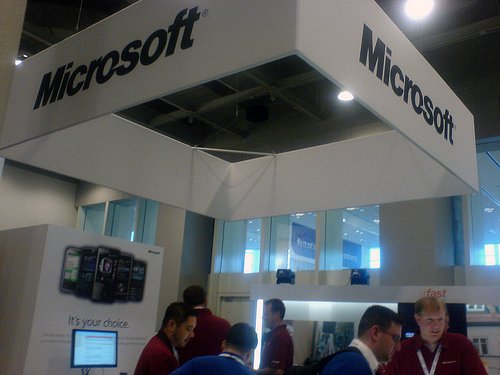Due to advances in the internet, open innovation, sharing and crowd funding, the Makers Movement is on its way up, as we saw in Part 1 of this series. The maker movement was shown to be an extension of DIY, leading to the development of inventions and prototypes that in the past would have been the domain of large organisations only. The strong emphasis of this Maker Movement development is that of the social environment within which the maker is operating. The maker finds information, help, support and even money to progress ideas online. Sharing of information is paramount, and maker culture is driving considerable change in society.
The Makers Movement has already been leveraged in a number of ways. For example, Makey Makey provides what it describes as “an invention kit for everyone”. Some examples of items that have been created using the kit include “piano stairs”, a “banana piano”, the ability to play Mario Brothers using Play Dough or allowing a cat to take a picture of itself. Makey Makey was developed by two graduate students at MIT Media Lab, with the vision that everyone can make items. The process uses alligator clips and a maker board. While none of the examples are really going to change the world profoundly, the concept behind the idea just might. There is no programming involved, so the idea is accessible to all, and really all you need is a level of creativity to get started (as well as the Makey Makey kit of course).
Another example is Raspberry Pi. Fundamentally, Raspberry Pi is a small computer that costs just £25 and has been designed to teach young people how to programme. It enables some interesting items to be made. The idea behind Raspberry Pi is that in the future more and more computer programmers will be needed than ever before, so getting children interested in this at an early age is not just important, but also necessary. The Raspberry Pi has to be connected to a TV or monitor and a keypad and then the child can begin. There are many applications of this system such as in science and music. There are also Raspberry Jam Events that allow people to get together to discuss new idea s of how the Raspberry Pi can be used. Children can learn how to create games, or build robots for example.
Arduino is yet another example of a maker tool. The Arduino tool is used to make computers that are able to sense and control more of the physical world and not just the desktop computer. It allows interactive objects to be built by taking information from different switches and sensors and allowing items such as lights, motors and other physical outputs to be controlled. Arduino boards are able to be purchased reassembled or assembled by hand, and the code that is behind them is open source and is able to be downloaded for free. The programming language is called the Arduino programming language. There are lots of different tools that can do the same sorts of things as Arduino can, but Arduino recommends its option since it is cheap compared with other micro controller platforms. It also works on a variety of different platforms (Windows, Macintosh OSX and Linux) and has a simple and clear programming environment. The fact that both the software and hardware are open source is also a big selling point.
Meeting other makers
For those that want to meet with others, they may wish to attend a Markers Fair, or look locally to find a club or organisation that encourages people to do this.
Motorized hammoc at NYC makers fair 2012For example the South London Makerspace is an organisation that aims:
“…to promote and encourage creative, technical and scientific skills through social collaboration and education, and to provide and maintain shared community workspace and equipment in Greater London.”
The South London Makerspace is currently located in Herne Hill and it offers four desks. There are areas for electronics, computing, arts and crafts. There is also a long work bench that has power tools. Tools include various types of saws, drills and sanders. Members join and then they gain access by getting keys. New members are encouraged to go along on Wednesdays when there are open evenings. All in all the space is great for encouraging creativity and providing the tools needed to get started. In the United States you can become a member of TechShop.
Enthusiasts of the Makers Movement forecast in it the second industrial revolution. According to Chris Anderson, a famous author and entrepreneur, who wrote “Makers: The New Industrial Revolution (2012)”:
“The next generation of industrial designers are going to be the kids that get 3D printers for Christmas this year.”
Chris Marker believes that the current and next generations of “Makers”, will be able to use the web’s innovation model, and will drive the next big wave in the global economy. As he optimistically puts it, new technologies of digital design and rapid prototyping, facilitated by the increasing amount of information available to individuals and the decreasing cost of electronic components, empowering all of us with the ability to invent and create whatever we have in mind.
Which is what the makers movement is all about.

Paula Newton is a business writer, editor and management consultant with extensive experience writing and consulting for both start-ups and long established companies. She has ten years management and leadership experience gained at BSkyB in London and Viva Travel Guides in Quito, Ecuador, giving her a depth of insight into innovation in international business. With an MBA from the University of Hull and many years of experience running her own business consultancy, Paula’s background allows her to connect with a diverse range of clients, including cutting edge technology and web-based start-ups but also multinationals in need of assistance. Paula has played a defining role in shaping organizational strategy for a wide range of different organizations, including for-profit, NGOs and charities. Paula has also served on the Board of Directors for the South American Explorers Club in Quito, Ecuador.
























